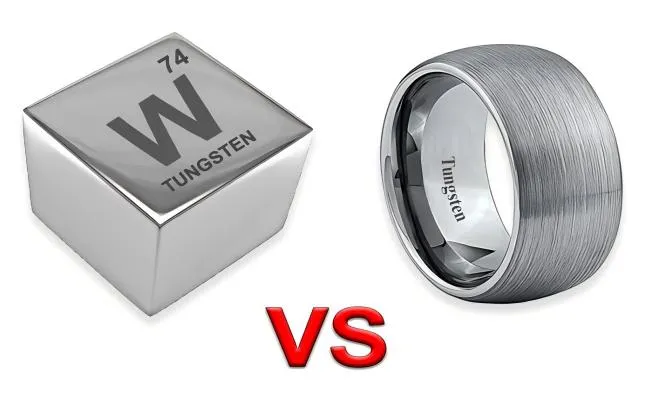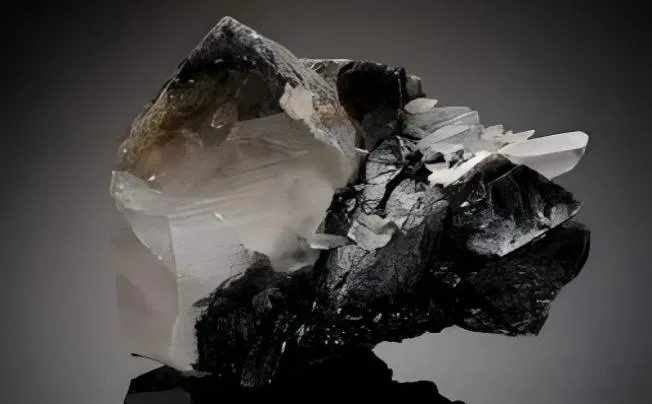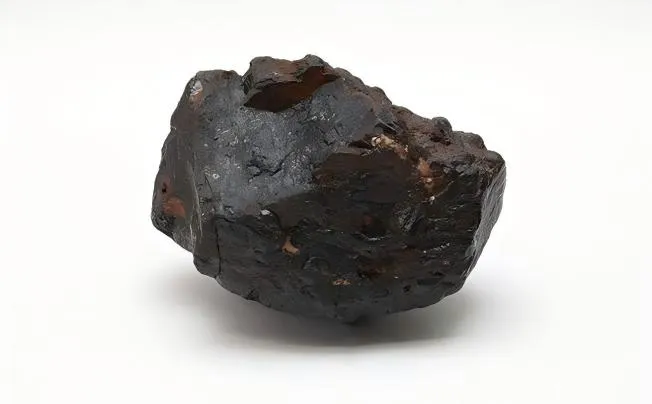Flux-core wire, also known as flux-cored arc welding (FCAW) wire, is a type of welding consumable that contains flux within its core. This flux serves multiple purposes during the welding process, such as generating a protective gas shield to prevent atmospheric contamination of the molten weld pool.
Compared to solid wire welding processes, flux core wire offers distinct advantages in terms of ease of use and increased productivity. It is commonly used in various industries, including shipbuilding, construction, and automotive manufacturing.
Understanding the Basics of Flux Core Wire
The Definition and Composition of Flux Core Wire
Flux core wire is a type of welding consumable that consists of a metal tube filled with flux material. The flux serves multiple purposes during the welding process, such as creating a shielding gas to protect the weld pool from atmospheric contamination, removing impurities from the molten metal, and aiding in arc stability. The composition of flux core wire typically includes a combination of materials like iron powder, rutile, silica, and other elements tailored to specific welding applications.
Comparison with Other Types of Welding Wires
One key distinction between flux core wire and solid wire welding is that flux core wire does not require an external shielding gas. This makes it more versatile for outdoor or windy conditions where traditional MIG welding may be challenging.
Additionally, flux core wire has higher deposition rates compared to solid wire, making it ideal for fast-paced welding projects requiring high productivity. However, solid wire welding tends to produce cleaner welds with less slag residue compared to flux core wire.
Applications and Industries Where It Is Commonly Used
Flux core wire is widely used in various industries, such as construction, shipbuilding, structural steel fabrication, automotive manufacturing, and repair work. Its versatility makes it suitable for welding thick materials like structural steel beams or heavy machinery components.
In shipbuilding applications where high deposition rates are crucial for efficiency, flux core welding is preferred. Additionally, the portability and ease of use make flux core wire popular among field welders working on-site or in remote locations without access to external shielding gas sources.
Benefits of Using Flux Core Wire
Flux core wire offers several advantages that make it a popular choice for welding applications. One of the key benefits is increased productivity. The flux in the core of the wire acts as a shielding agent, eliminating the need for an external shielding gas.
This results in faster welding speeds and higher deposition rates, ultimately leading to greater efficiency in completing welding projects. Additionally, the self-shielding nature of flux core wire allows for welding in windy or outdoor conditions where traditional gas-shielded methods may be impractical.
Another significant advantage of using flux core wire is its ability to reduce spatter during the welding process. Spatter refers to the unwanted bits of molten metal that can sputter out during welding and create a messy work environment.
Flux core wire minimizes spatter by producing a stable arc with good control over droplet transfer. This not only improves the overall appearance of the weld but also reduces post-weld cleanup time, saving valuable resources and enhancing workflow efficiency.
Drawbacks of Using Flux Core Wire
While flux core wire offers numerous benefits, it is essential to consider potential drawbacks when using this welding method. One common issue with flux core wire is the possibility of slag inclusion in the weld bead.
Slag is a byproduct formed during welding that needs to be removed after each pass. If not properly managed, slag inclusion can compromise the integrity and aesthetics of the weld joint, leading to rework or rejection of welded components.
Another drawback associated with flux core wire welding is the risk of porosity issues in the weldment. Porosity occurs when gas pockets get trapped within the weld metal during solidification, resulting in weakened areas that are susceptible to defects and failures.
Proper technique and parameter settings are crucial to minimizing porosity when using flux core wire. Additionally, ensuring proper cleanliness of base materials and maintaining suitable environmental conditions can help prevent porosity formation and enhance overall weld quality.
Choosing the Right Fux Core Wire for Your Project
Factors to Consider when Selecting a Flux Core Wire Type
When it comes to selecting the appropriate flux core wire for your welding project, several crucial factors must be taken into consideration. One of the primary considerations is the material thickness you will be working with. Thicker materials typically require a wire with higher deposition rates and deeper penetration capabilities, while thinner materials may benefit from a wire that produces less heat input to prevent burn-through.
Another critical factor is the welding position in which you will be operating. Different flux core wires are designed for specific welding positions, such as flat, horizontal, vertical, or overhead.
Choosing the right wire that aligns with your welding position can significantly impact the quality and efficiency of your welds. For instance, vertical-up welding may require a different flux core wire than horizontal welding due to varying heat distribution and molten pool characteristics.
Different Classifications and Specifications are available in the Market
In today's market, there is a wide array of flux core wires available with various classifications and specifications tailored to meet diverse welding requirements. These classifications often indicate the type of flux used in the core, as well as other essential characteristics such as tensile strength, impact resistance, and recommended shielding gas (if any). Understanding these classifications is crucial in selecting the most suitable wire for your specific project needs.
Apart from classifications based on composition and performance characteristics, flux core wires also come in different diameters to accommodate varying welding applications. The diameter of the wire can influence factors like deposition rate and heat input into the base material.
It is essential to match the wire diameter with your welding parameters to achieve optimal results. Additionally, some flux core wires are designed for specific types of base metals or environmental conditions, so considering these specifications can further enhance weld quality and durability.







